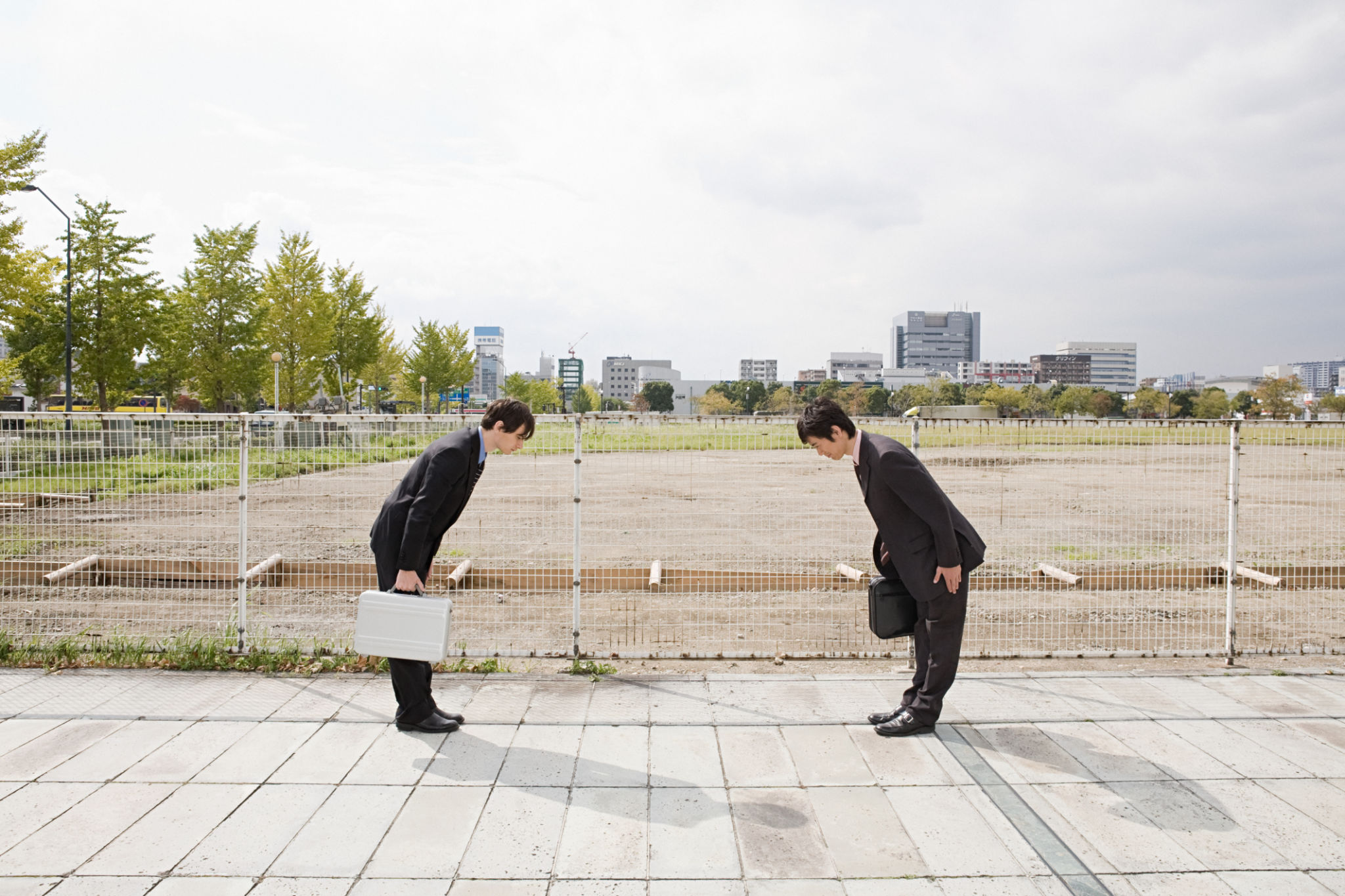Case Study: Successful Steel Reinforcement Installation in Springfield's Historic Building
Introduction to the Project
Springfield's historic downtown area is renowned for its vintage architecture, which tells tales of a bygone era. However, preserving these structures comes with its own set of challenges. One such challenge was the recent project involving the installation of steel reinforcement in a historic building. This case study delves into the intricacies of this successful renovation, highlighting the processes, challenges, and triumphs associated with it.
The Need for Reinforcement
As buildings age, their structural integrity often becomes compromised, posing safety risks. The historic building in Springfield was no exception. To maintain its historical value while ensuring safety and compliance with modern standards, steel reinforcement was deemed necessary. This intervention aimed to fortify the building without altering its cherished architectural aesthetics.

Planning and Design
The first step in this project was meticulous planning and design. Experts conducted thorough assessments to understand the building’s current condition. Structural engineers collaborated with architects to develop a reinforcement strategy that would integrate seamlessly with the existing structure. Detailed blueprints were created, ensuring that every aspect of the building was considered.
Materials and Techniques
Choosing the right materials was crucial for this project. The team opted for high-grade steel known for its durability and compatibility with historic structures. Advanced techniques such as non-destructive testing were employed to minimize any potential damage during installation. This careful selection ensured that the building’s historical essence remained intact.

Challenges Faced
Working on a historic building presents unique challenges. One significant hurdle was adhering to strict preservation regulations while implementing modern engineering solutions. Additionally, logistical challenges arose from working in a bustling downtown area with limited access for heavy machinery. Despite these obstacles, the team remained committed to executing the project efficiently.
Overcoming Obstacles
To address these challenges, the team adopted innovative solutions, such as utilizing smaller, agile machinery and working during off-peak hours to minimize disruption. Collaboration with local authorities ensured compliance with all necessary regulations, allowing for smooth project execution.

Successful Completion and Outcomes
After months of dedicated work, the steel reinforcement installation was successfully completed. The building now boasts enhanced structural integrity while retaining its historical charm. This achievement stands as a testament to what can be accomplished with careful planning and execution.
Impact on the Community
The successful reinforcement of this historic building has had a positive ripple effect on the community. It has not only preserved a piece of Springfield's heritage but also inspired other renovation projects in the area. Residents and visitors alike can now admire the building, enjoying its beauty and history for years to come.
Conclusion
This case study underscores the importance of blending modern engineering with historical preservation. The successful steel reinforcement installation in Springfield's historic building serves as a model for future projects aiming to balance safety with cultural significance. Such endeavors ensure that our architectural heritage continues to stand the test of time.